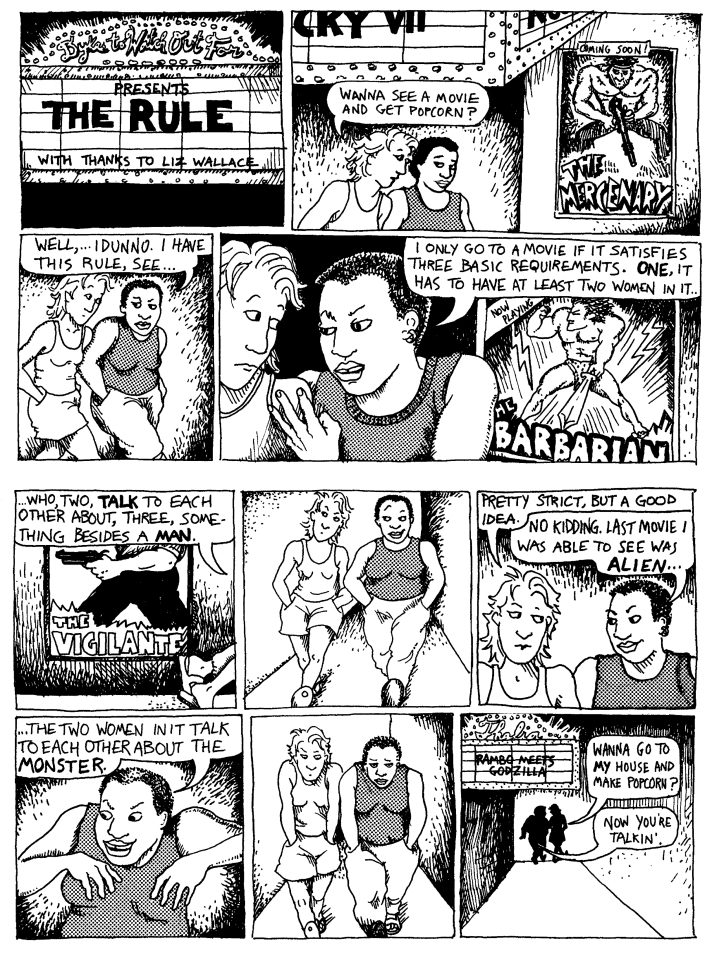(Presented at LIBERLIT 2017 on February 20th, 2017)

In October of 2016 I attended the 9th Extensive Reading Seminar, a two-day annual event hosted by the JALT ER SIG that, last year, was held at Nanzan University in Nagoya. It was a very well-run event and really reinforced my belief that Extensive Reading is something language learners should be doing. There were a few publishers there, and they were kind enough to send me samples of their graded readers to add to my collection. A few days after the seminar, the boxes started to arrive and I settled down at lunchtime to read through my new books.
That’s when my confidence in ER took a knock. Of course, some of the books are better written than others, but one book in particular was so bad, in so many ways, that I couldn’t give it to my students in good conscience. Then I thought back over the presentations I had seen the previous weekend… there were a lot of presentations about word counts, headwords and reading levels. There were also plenty of people talking about setting up, managing and developing Extensive Reading programmes. There were a number of sessions related to learning management systems and libraries, both on- and off-line. But I realised that I hadn’t really seen anyone talking about the actual content. What are the students reading? Is it any good?
Although Day & Bamford’s original principles (1998; 2002) emphasise reading for pleasure, more recent attempts to clarify Extensive Reading for research methods (Waring & McLean, 2105) focus on ER as a language input method.
Core Elements
- Fluent, sustained comprehension of text as a meaning-focused input
- Large volume of material
- Reading over extended periods of time
- Texts are longer, requiring comprehension at the discourse level
Waring and McLean (2015)
I welcome these attempts to professionalise the practice of ER; If we are going to claim that ER is an effective method of language learning, it is necessary to be rigorous in our research methodology. However, I can’t help but feel that in the quest for quantity we may have let the quality control slip. I know of many schools and universities here in Japan which have set up ER libraries by buying every graded reader available in the catalogue. Many of these books are excellent, but not all. David R. Hill has been producing periodic survey reviews since the 1990’s, and in his latest (Hill, 2013) he reported on fourteen publishers, fifty four series and over two thousand titles. Hill is a longtime advocate for ER, and has a lot to say about the quality of graded readers, not only as language learning materials but also as literature. It is worth remembering that, although such books cannot be judged by the same standards as books written for fully proficient readers, they should still be worth reading.
Part of what had upset me about this unnamed graded reader I mentioned at the start of this post was its terrible gender stereotyping. There is a significant body of research into gender representation in ELT materials, but almost all of this is focused on the course book. I found very little information on gender representation in graded readers, and I decided to approach my analysis from this angle. I wanted to know, initially, how graded readers deal with gender.
You can read more of my findings in the slideshow below. Access to the raw data of from the seventy graded readers I looked at is available here.
The slideshow from the presentation ant the Extensive Reading World Congress
Overall, although there are issues with gender representation in graded readers, there are still many fine books to be found. Let me know which ones you recommend, and which should be avoided.
Bechdel, A (1986). Dykes to Watch Out For. New York: Firebrand Books.
Day, R. & Bamford, J. (1998). Extensive Reading in the Second Language Classroom. Cambridge: Cambridge University Press.
Day, R. & Bamford, J. (2002). Top ten principles for teaching extensive reading. Reading in a foreign language, 14(2), 136.
Giaschi, P. (2000). Gender positioning in education: A critical image analysis of ESL texts. TESL Canada Journal, 18(1), 32-46.
Hill, D. R. (2013). Graded readers. ELT journal, 67(1), 85-125.
Levine, D., & O’Sullivan, M. (2010). Gender and images in the EFL textbook Talk a lot, Starter Book. The Journal and Proceedings of GALE, 3, 33-42.
Svien, J. (2016). Gender Representation in a modern EFL course book: An analysis of Smart Choice 2nd Edition by Ken Wilson and Thomas Healy (2011). Presentation, JALT 2016: Transformation in Language Education. Nagoya, Japan.
Waring, R., & McLean, S. (2015). Exploration of the core and variable dimensions of extensive reading research and pedagogy. Reading in a Foreign Language, 27(1), 160.